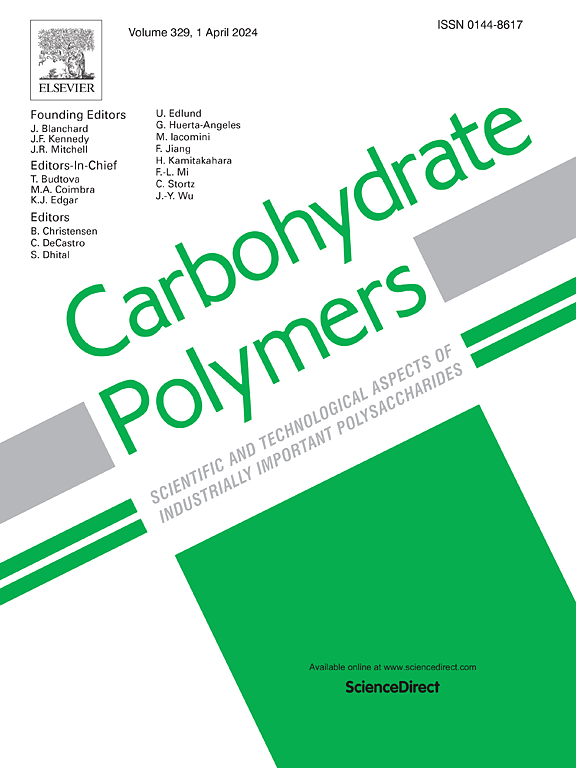Tree transpiration-inspired 3D-printed wastewater processors with hybrid nanocellulose for a broad range of oil-based effluents
IF 10.7
1区 化学
Q1 CHEMISTRY, APPLIED
引用次数: 0
Abstract
The rise in industrial and domestic activities has led to increased oily wastewater generation and illicit discharge, posing a serious threat to clean water resources. Traditional water treatment methods, though scalable, consume fossil fuels and cause secondary pollution, necessitating safer, more efficient solutions. Here, we developed hybrid nanocellulose (HNC) inks by combining cellulose nanofibers (CNFs) and cellulose nanocrystals (CNCs) to fabricate advanced oily wastewater processors. These HNC inks enable 3D printing of tailored processor structures with high shape fidelity. By incorporating polydopamine (PDA) and chitin nanofibers (ChNFs), we created 3D-printed HNC scaffolds with exceptional hydrophilic-submerged oleophobicity and photothermal conversion properties. The HNC/PDA/ChNF (HAC) filter sheets achieved a 98.87 % separation efficiency and a high flux of 1646.96 L·m-2·h-1 for immiscible oil-water mixtures. For miscible mixtures, a 3D-printed C-HAC@HNC evaporator with a “bowl-shaped” layer achieved a 1.52 kg·m-2·h-1 evaporation rate and 96.61 % photothermal efficiency, excelling in oil-in-water emulsion treatment. It also demonstrated potential for seawater desalination and oily seawater purification, producing water that meets WHO drinking standards. This study offers innovative strategies for addressing critical challenges in water and energy resource management through efficient oily wastewater treatment.

求助全文
约1分钟内获得全文
求助全文
来源期刊

Carbohydrate Polymers
化学-高分子科学
CiteScore
22.40
自引率
8.00%
发文量
1286
审稿时长
47 days
期刊介绍:
Carbohydrate Polymers stands as a prominent journal in the glycoscience field, dedicated to exploring and harnessing the potential of polysaccharides with applications spanning bioenergy, bioplastics, biomaterials, biorefining, chemistry, drug delivery, food, health, nanotechnology, packaging, paper, pharmaceuticals, medicine, oil recovery, textiles, tissue engineering, wood, and various aspects of glycoscience.
The journal emphasizes the central role of well-characterized carbohydrate polymers, highlighting their significance as the primary focus rather than a peripheral topic. Each paper must prominently feature at least one named carbohydrate polymer, evident in both citation and title, with a commitment to innovative research that advances scientific knowledge.
 求助内容:
求助内容: 应助结果提醒方式:
应助结果提醒方式:


